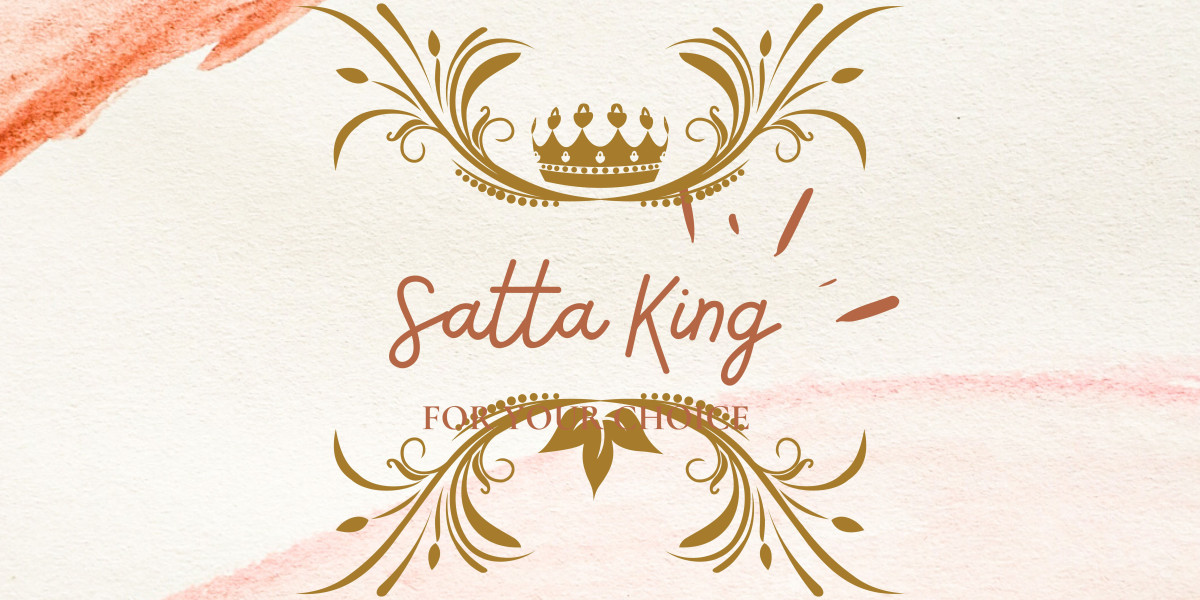In 2024, as communities gear up to celebrate this exuberant occasion, the spirit of Holi is set to resonate more vibrantly than ever before.
Historical and Cultural Significance
The origins of Holi can be traced back to ancient India, with its roots entrenched in various mythological tales. One of the most popular narratives associated with Holi is the legend of Prahlad and Hiranyakashipu from Hindu scriptures. Prahlad, a devout follower of Lord Vishnu, was saved from the evil designs of his father, Hiranyakashipu, by divine intervention. The victory of good over evil and the triumph of righteousness are central themes of this narrative, which is commemorated through the festival of Holi.
Another legend associated with Holi is the story of Radha and Krishna, revered figures in Hinduism. According to popular belief, young Lord Krishna, known for his mischievous nature, complained to his mother about the stark difference in complexion between him and his beloved Radha. In response, his mother suggested he apply colors on Radha's face to make her complexion similar to his own. This playful act later evolved into the tradition of applying colors during Holi, symbolizing love, unity, and the spirit of togetherness.
Over the centuries, Holi has evolved into a multi-dimensional festival that transcends religious and cultural boundaries. It is celebrated not only in India but also in various parts of the world where Indian diaspora communities reside. From the United States to Europe, from Australia to Africa, Holi festivities have become a global phenomenon, attracting people from diverse backgrounds to join in the revelry and camaraderie.
Preparations and Traditions
The preparations for Holi typically begin weeks in advance, as people indulge in shopping for vibrant colors, traditional sweets, and festive attire. Markets come alive with a plethora of colors, ranging from bright reds and yellows to blues and greens, offering a kaleidoscopic array of options for revelers to choose from.
On the eve of Holi, bonfires are lit in a ritual known as Holika Dahan or Chhoti Holi. This symbolic act signifies the triumph of good over evil and the burning away of negativity and impurities. People gather around the bonfire, singing and dancing to traditional folk songs, while exchanging warm wishes and greetings.
The main festivities of Holi take place the following day, known as Rangwali Holi or Dhulandi. It is a day of uninhibited revelry, as people take to the streets, parks, and open spaces armed with water guns, balloons filled with colored water, and fistfuls of powdered colors called 'gulal.' Amidst laughter and shouts of "Holi Hai!" (It's Holi!), friends and strangers alike chase each other, smearing colors on faces and drenching each other in colored water.
Traditional Holi delicacies add to the festive fervor, with favorites like gujiya, thandai, puran poli, and bhang laced sweets tempting taste buds and adding to the culinary delights of the occasion. These traditional treats are shared generously among family, friends, and neighbors, fostering a sense of community and camaraderie.
Holi 2024: Modern Interpretations
While the essence of Holi 2024 remains unchanged, the festival has witnessed several modern interpretations and adaptations in recent years. In 2024, amidst the backdrop of technological advancements and changing social dynamics, Holi celebrations are expected to reflect a blend of traditional customs and contemporary influences.
Social media platforms play a significant role in shaping modern-day Holi celebrations, with people sharing festive greetings, colorful selfies, and videos of their Holi adventures with friends and followers online. The hashtag #HappyHoli trends across various social media channels, serving as a digital hub for Holi-related content and conversations.
In urban centers, Holi parties and events organized by clubs, hotels, and cultural organizations have become increasingly popular, offering revelers an opportunity to celebrate in a controlled and curated environment. These events often feature live music performances, DJ sets, and themed décor, attracting a young and cosmopolitan crowd eager to experience the vibrancy of Holi in a contemporary setting.
Environmental consciousness has also emerged as a key theme in Holi celebrations, with growing awareness about the harmful effects of synthetic colors on the environment and personal health. Many eco-conscious individuals and organizations advocate for the use of natural and organic colors made from plant-based extracts, flowers, and herbs, promoting a more sustainable and eco-friendly approach to celebrating Holi.
Challenges and Opportunities
While Holi is a time of joy and celebration, it is essential to acknowledge and address some of the challenges associated with the festival. Instances of hooliganism, harassment, and water wastage have been reported during Holi celebrations in some parts of India, raising concerns about safety, hygiene, and public order.
To counter these challenges, local authorities, community leaders, and civil society organizations have launched awareness campaigns and initiatives aimed at promoting responsible and inclusive celebrations. Measures such as designated play areas, water conservation drives, and community policing have been implemented to ensure that Holi festivities are enjoyed in a safe and sustainable manner.
Moreover, Holi presents unique opportunities for promoting cultural exchange, tourism, and economic development. In recent years, several states in India have been actively promoting Holi tourism, leveraging the festival's popularity to attract domestic and international travelers. Heritage cities like Mathura, Vrindavan, and Varanasi, associated with the legends of Radha-Krishna and Holi, witness a surge in tourist footfall during the festive season, boosting local economies and livelihoods.
Conclusion
Holi, the festival of colors, continues to enchant and captivate people across the globe with its infectious energy, vibrant colors, and timeless traditions. In 2024, as communities come together to celebrate this joyous occasion, the spirit of Holi serves as a powerful reminder of the values of love, unity, and inclusivity that transcend boundaries of culture, religion, and geography.
As we immerse ourselves in the festivities of Holi, let us also reflect on the deeper significance of this auspicious occasion and strive to uphold its essence of goodwill, camaraderie, and harmony. May the colors of Holi fill our lives with happiness, prosperity, and peace, today and always. Holi Hai!









